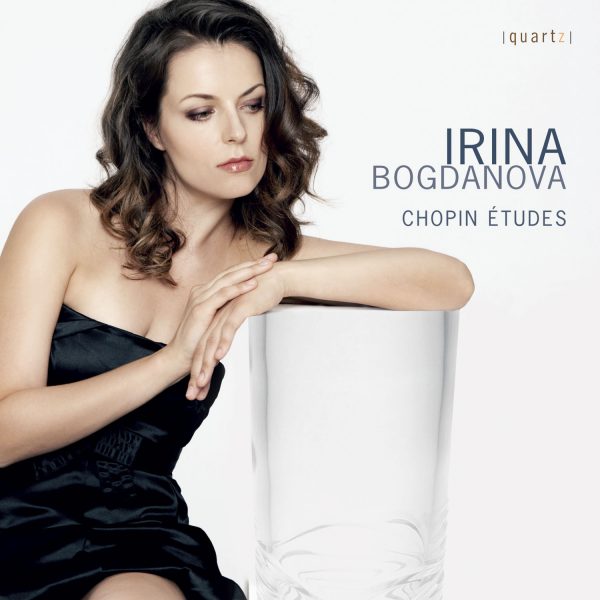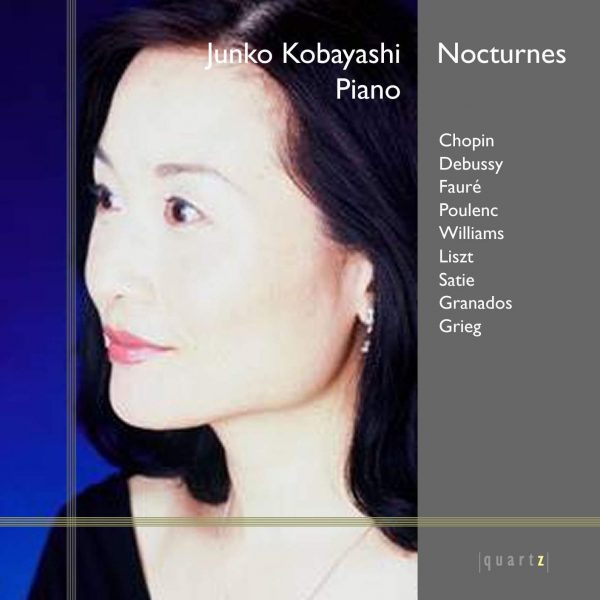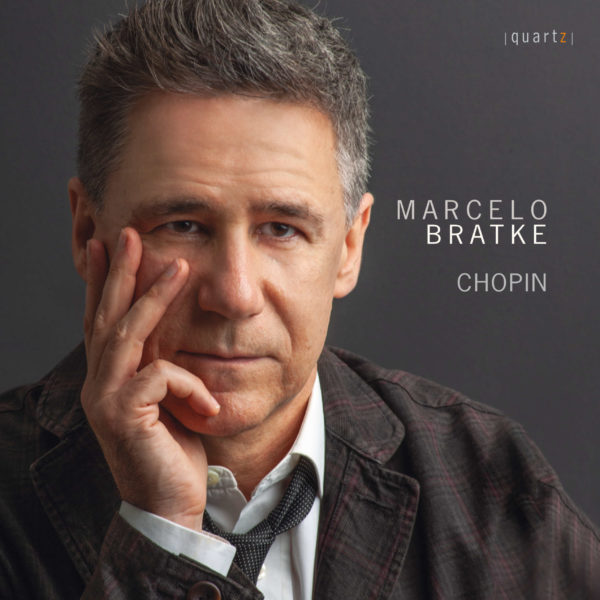Landscape and Longing: The Piano Music of Rory Freckleton
Price range: £7.99 through £14.99
Eight Intermezzi: The composer writes: ‘The inspiration for these pieces stems from the late piano intermezzi of Brahms. Some of the textures deliberately correspond. For example, the arpeggiated flow of No 2 mimics a comparable feel in Brahms’s Op 117 No 2. The repeated upper notes of No 3, with the melody in the middle of the chords, nod towards a similar, if faster, manner in Op 119 No 3 [likewise the earlier same-key middle section of Chopin’s first Nocturne from Op 48]. Pianistically and emotionally, No 8 is intentionally larger scaled.’
Sonata No 2: Three Days in 1988 (1989 rev 2011) An autobiographical triptych, a decade on from hiss First Sonata. The composer writes: ‘The dates heading each movement indicate key moments in a personal crisis during 1988.
Suite: The composer writes: ‘This is a collection of miniatures with differing inspirations but designed to be played as a continuous set.
About This Recording
Eight Intermezzi (1998) These pieces journey a range of styles and pianistic issues. Within the ternary design of No.1 lurks something of Debussy, the hilltop ruins of La Cathédrale engloutie at dusk perhaps. No.2 (No.4 too, to a degree) deals in feathered pianism. No.5 crosses over exquisitely between Rachmaninov and William Baines. No.6, rhythmically lithe, briefly opposes black notes (pentatonic left hand) and white (right hand demisemiquavers). No.7 is about conversations and counterpoints, real or implied, the harmonic language a compound of sensual lushness and acidic afterglow. Transient recollections course through N.8, not least the 2+4 rhythmic patterns of No.6. Its summation recalls the chordal bells of No.1 – but with the enigmatic question mark of a tritonic F sharp minor chord come to darken the C major moonlight.
The composer writes: ‘The inspiration for these pieces stems from the late piano intermezzi of Brahms. Some of the textures deliberately correspond. For example, the arpeggiated flow of No.2 mimics a comparable feel in Brahms’ Op.117 No.2. The repeated upper notes of No.3, with the melody in the middle of the chords, nod towards a similar, if faster, manner in Op.119 No.3 [likewise the earlier same-key middle section of Chopin’s first Nocturne from Op.48]. Pianistically and emotionally, No.8 is intentionally larger scaled.’
Sonata No.2: Three Days in 1988 (1989 rev 2011) An autobiographical triptych, a decade on from RSF’s First Sonata. The composer writes: ‘The dates heading each movement indicate key moments in a personal crisis during 1988. I was twenty-nine. ‘Realisation and anger’ (Friday May 6th); ‘Despair, hope, despair again’ (Thursday August 11th); ‘Resolution – of a kind’ (Monday August 29th).
‘The first movement is a set of interrupted variations with a theme that winds away in an ever increasingly and frenetic attempt to find some direction. The middle movement follows an ABA structure, common thematic material informing each section. The key moment on which everything hinges occurs at the heart of this movement. The finale is a rondo, with a central slow section wistfully recalling some of the material from the first movement.’
Suite (1986) Fusing individuality with pastiche and homage, this portfolio traverses a variety of forms, textures and moods, visiting the past as much as translating into sound what today’s eye sees and the imagination dreams. Mendelssohn – the Berlin Mendelssohn of the Op.35 No.1 Fugue – ghosts the opening two E minor numbers. Both are based on the same subject – the Prelude climaxing in a Busoni-style chorale, the andante Fugue sent on its way with a four-part exposition (T-A-B-S) as frosty and wind-swept as anything in Shostakovich. No.4 – high summer, a jingle on the wind, a pint in hand, the bare bones of something Grainger would have been happy to toss off – cameos middle-England rurality. No.5 is a single 16-bar page, an una corda ‘one-liner’ as expressively charged and personally signed-off as any of the great aphorisms from Chopin through MacDowell to Britten. ‘Spanish’ Ravel lights up No.8.
The composer writes: ‘This is a collection of miniatures with differing inspirations but designed to be played as a continuous set. One or two (No.1 particularly) were meant to be of interest to my younger sister, Lucy, who at the time of their composition, in the mid-80s, was working towards her Grade 7. Others are intended to be descriptive. For example No.6, which recalls listening to the bells of Romsey Abbey in Hampshire from a few miles away in the Test Valley; and No.5, which imagines a spot along the Jurassic coastline between Swanage and Weymouth. Nos.3 and 7, the Studies in Fifths and Sevenths, were born out of a curiosity as to why Debussy didn’t include these intervals in his piano Études.’
© Ateş Orga
Track Listing
-
Eight Intermezzi (1998)
- 1. Andante cantabile (02:49)
- 2. Allegro cantabile (01:18)
- 3. Very slow and calm (04:01)
- 4. Allegro (01:51)
- 5. Andante (03:19)
- 6. Moderately fast, with flexibility (03:41)
- 7. Moderato (04:34)
- 8. Allegro con brio furioso (08:01) Sonata No 2: Three Days in 1988 (1989 rev 2011)
- 1. Friday May 6th - Allegro ma non troppo (09:26)
- 2. Thursday August 11th - Andante quasi lento (07:40)
- 3. Monday August 29th - Allegro con moto (05:18) Suite (1986)
- 1. Prelude - Allegro ordinario (02:34)
- 2. Fugue - Andante (02:16)
- 3. Study in fifths - Moderato (05:25)
- 4. Jig - Vivace (01:32)
- 5. The lonely cliff top - Lento, con rubato, sempre piano e legato (02:11)
- 6. Listening to bells - Allegretto (04:07)
- 7. Study in sevenths - Andante legato (02:07)
- 8. Humeur Espagnole - Allegro (04:40)




